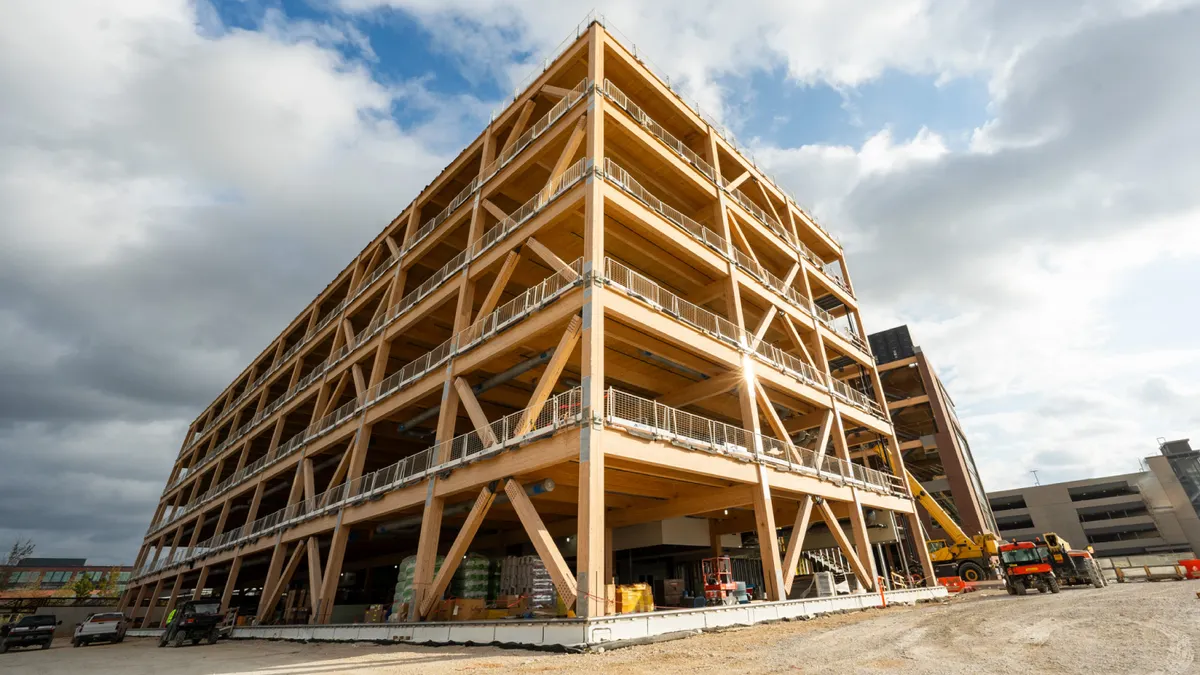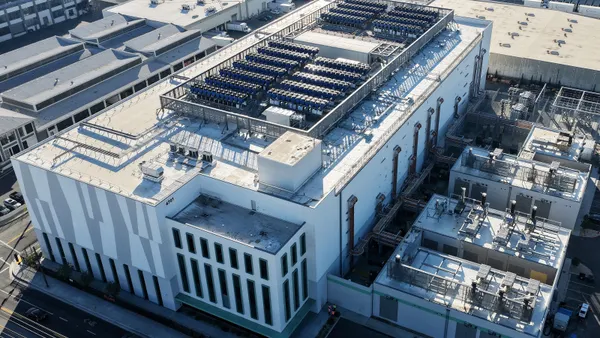Dive Brief:
- A new Associated General Contractors of America study found that 44% of highway contractors have experienced a vehicle crash in an active work zone in the last year.
- The study reported that 11% of those highway construction work site accidents resulted in worker fatalities, and 25% left workers injured. The AGC also found that 82% of contractors believe that the risk of a work-zone crash had increased over the last 10 years.
- These latest findings have spurred the AGC to launch a national advertising campaign this summer — to coincide with seasonal vacation travel — in order to increase public awareness about the importance of slowing down and staying alert to hazards while driving through a construction work zone.
Dive Insight:
The Federal Highway Administration’s Work Zone Management Program reported that there were 669 work-zone crash deaths in 2014, nearly two per day and 2% of all roadway fatalities across the country.
Clark Peterson, vice president of the Skanska USA's environmental health and safety division, told Construction Dive in March that the best protection for roadside workers comes at a relatively high financial cost but that the company doesn’t hold back when protecting its workers.
Skanska uses positive protection methods as one safety tactic, which the FHWA says can help keep vehicles from entering the work zone. Some examples of positive protection include concrete or ballast-filled barriers and "shadow" trucks outfitted with attenuators, which are mechanisms that can absorb the impact of a crash. These trucks also do double-duty as buffers between traffic and workers.
Visibility is another issue when highway crews are performing work at night, which is common to avoid traffic congestion around work zones during the day. Reflective vests and other high-visibility clothing items are important in these situations, as is adequate lighting alongside the road or mounted onto employee headgear.











